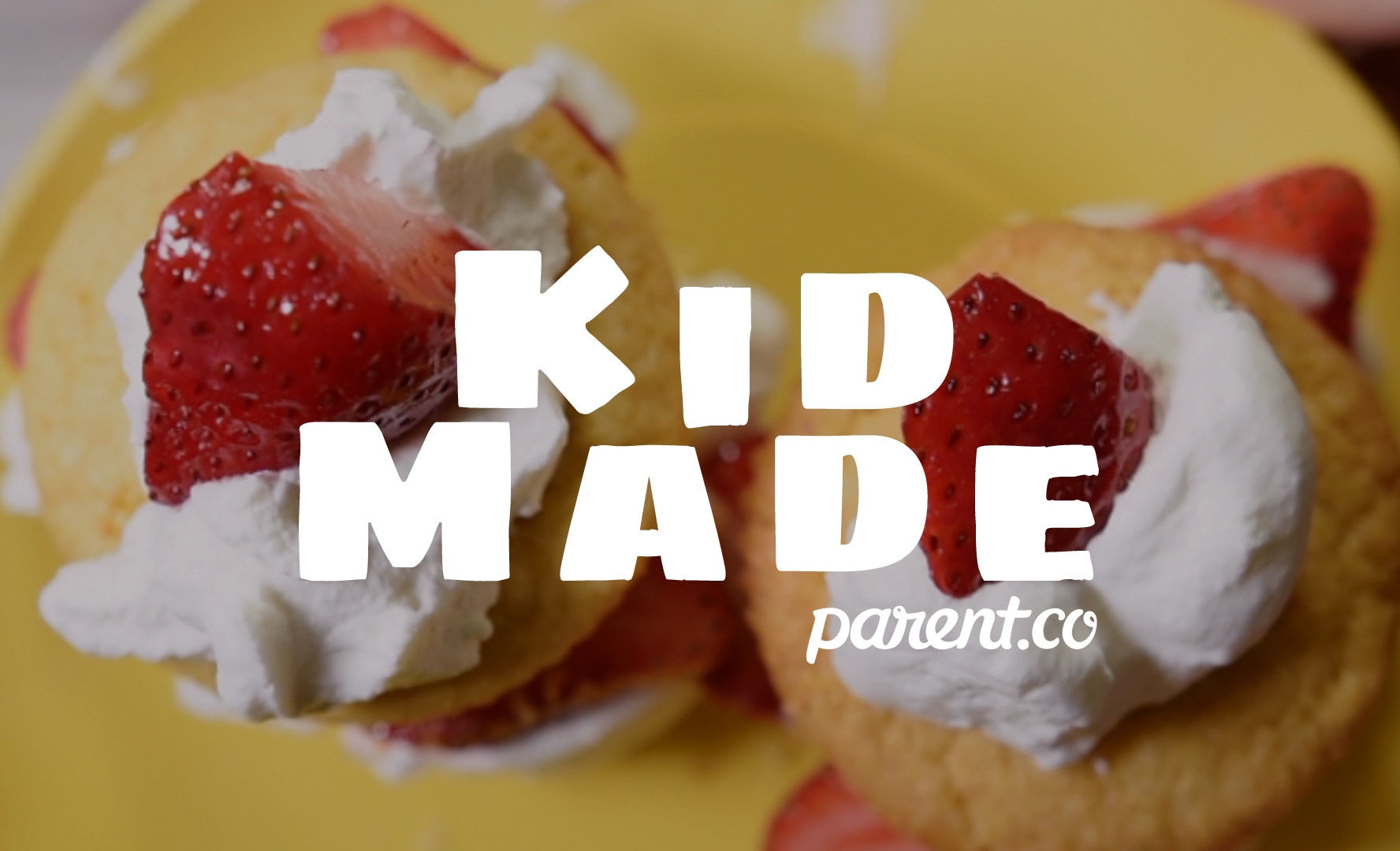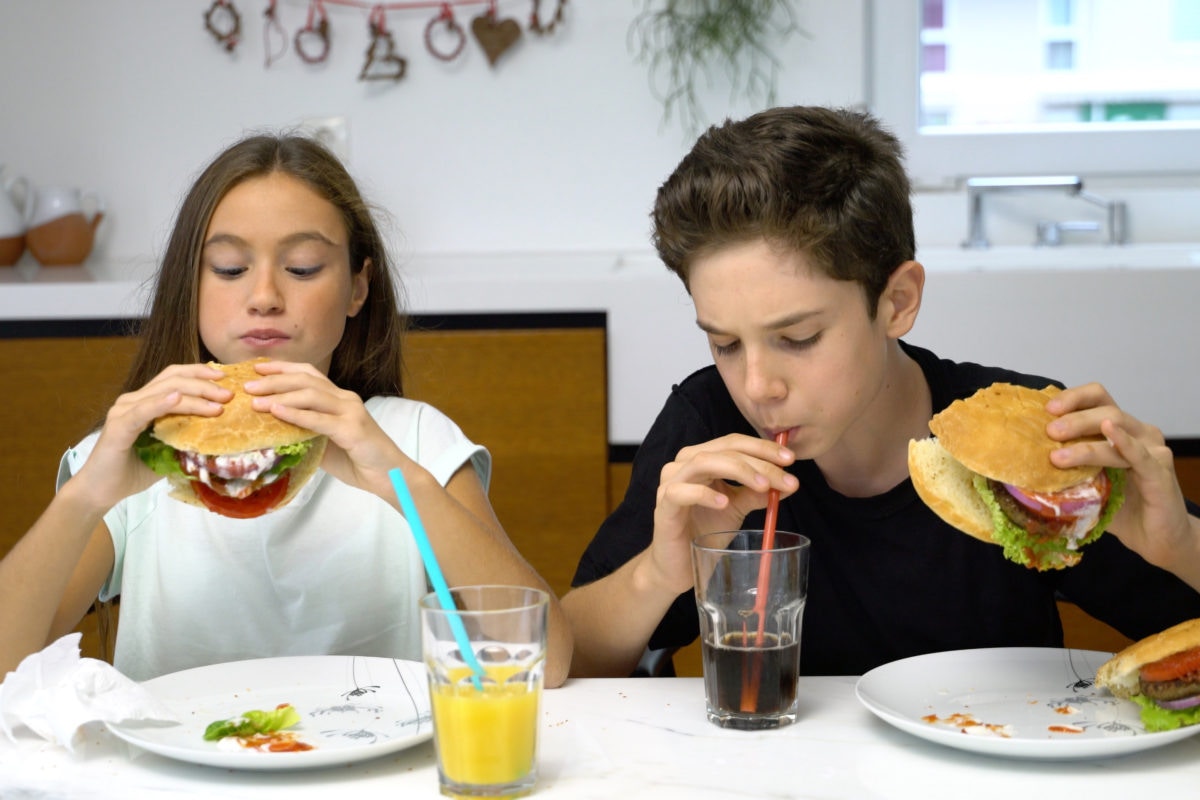In high school, the venue where my friends and I saw live music was in a bar. You had to be 21 to enter through the front door, so we’d avoid getting carded by climbing through the fence into their outdoor seating area. The bands played in a separate room, so if we stayed away from the drinking, we wouldn’t get evicted from the dance floor. Either the owners were unaware of our improvised entrance, or they accepted that high schoolers are willing to take any risk. Risk-taking is a hallmark of adolescence, and that’s not just because of social norms – it’s biological. The human brain develops from back to front, with the prefrontal cortex, the part of the brain that’s responsible for assessing consequences and regulating behavior and emotions, among other functions, being the last to develop. As Dr. Adriana Galván, a scientist at UCLA, explains in her TEDxYouth Talk, the brain matures and develops past childhood and into early adulthood, so middle and high school students don’t yet have a fully mature brain. Studies done at the Developmental Neuroscience Laboratory which Galvan directs, have explored the deeper layers of the brain–the striatum. That’s the key component of the body’s reward system, taking copious notes about what we find pleasurable, to use for future reference. Researchers found that the adolescent striatum has exaggerated sensitivity. So the adolescent brain is not only more active in seeking out risk, it also responds more intensely to thrills. You might read that and fear, like me, that teens are being set up for failure by their biology. Kids who sneak into bars or engage in risky behaviors are not only blissfully ignorant of lasting consequences, but they’re teaching their brains to crave the thrill, in some cases. But Galván puts it all in a positive light. This wiring, she explains, is built to help teens achieve one of the important functions of adolescence: establishing independence from their caregivers. That push and pull between independence and care is what makes adolescence such an important stage for parents and their children. As we negotiate the give and take, we are determining the parameters of our growing relationship. So how do we use this information to support our teens? Here are four things our teens really wish we would do, to help them learn how to navigate risk.



